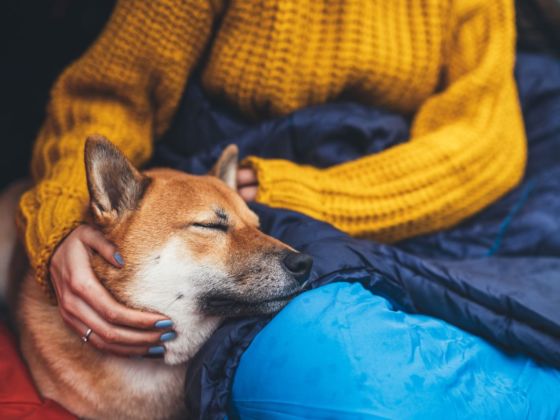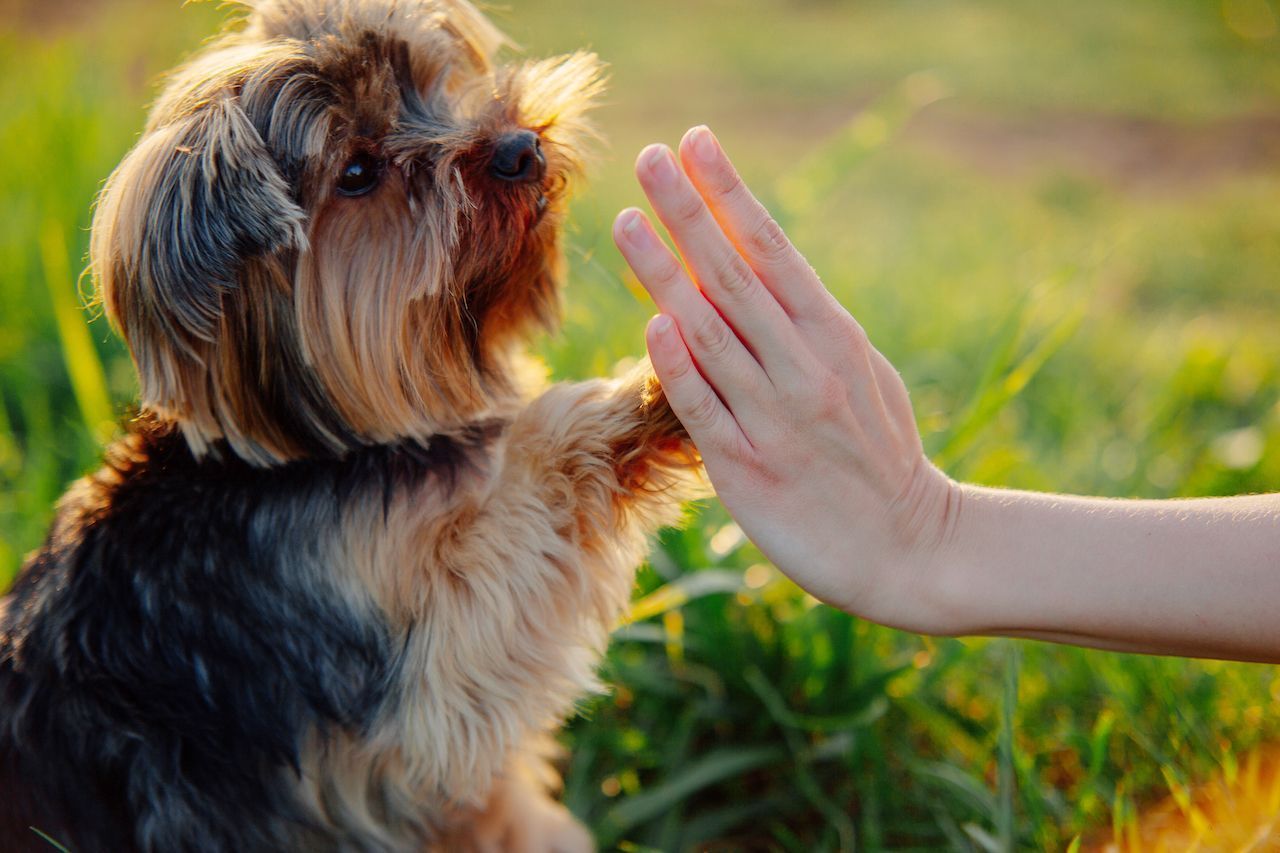Van life has given many the chance to break free from traditional patterns, hit the road, and live freely and adventurously. For many, nothing could enhance this lifestyle more than bringing man’s best friend along for the ride. But if you are ready to introduce your dog to the open road, you’ll want to be sure you’re well prepared.
Committing to a longterm van life starts with a well-thought out plan and adequate preparation. Adding a dog into the mix means an extra level of ingenuity in order to keep your pet safe along the way. If you’ve got the basics down but want to be prepared for anything on your journey, check out the following recommendations on how to keep your dog healthy while living van life.




